2
I’m so glad that The Fram was actually small and disappointing, because it meant that I had time to visit the Viking Ship Museum when I was done. I was also glad of the bragging rights that came with my original museum pick being far superior to the Fram, but who’s keeping score?
Unfortunately, I didn’t make it to Bygdoy until my last day in Oslo. The idea of taking a ferry in a country with seemingly no concept of time seemed daunting. If I had it to do over again, I would have gone there first. There were loads of great museums, gorgeous houses, and a beautiful marina.
The museum itself was the most logical place in all of Oslo. It was a very straight forward museum featuring 3 viking burial ships, Oseberg, Gokstad, and Tune, as well as lots of other artifacts found at the ships burial sights. Little is known about the ships origins or who was buried on them since it was approximately a million years ago, but the museum is as informative as possible. A museum with real artifacts and no chamber of horrors (even though there could have easily been one, given the vikings’ rape and pillage history) must be a novelty in Oslo, though I didn’t get the chance to ask anyone.
Admission to the museum is 60 nok (about $10) for adults, and is well worth it.
The most impressive of the ships is the Oseberg Ship. The remains of this ship were discovered and excavated in 1903. This ship, built around 820 (yes, that’s 820!) and buried 14 years later in 834. It was discovered with the bodies of two women, one in her 70s or 80s, which had to be pretty impressive in 834, and one who was around 50. No one knows who these women were, but they must have been pretty important to warrant burying a ship that must have been a real pain to build back then. There is some speculation that perhaps one of the women was important and the other was sacrificed to help her in the afterlife. The bodies were also buried along with livestock, dogs, and lots of tapestries and carvings, so ‘you can’t take it with you’ was obviously not a saying yet.
The second ship was the Gokstad. This one was discovered in the latter 1800s by two teenagers digging around on their farm. This ship housed the body of a large man of about 40 with several wounds on his legs indicating that he likely died in battle. There were also the remains of livestock, dogs, and 2 peacocks (which had to be pretty scarce in Norway).
The final ship was the Tune ship. The Tune ship was excavated in 1867 and because of the era and what was known of preservation at the time, the boat and remains were treated somewhat roughly. There was a man buried inside the boat, but the remains, along with several other artifacts, were “lost”. There are journals from the time documenting the dig that make note of several artifacts that never made it to the museum.
The museum also houses several artifacts from the viking era that were found in and around the burial sites.
I was even able to find a little bit of home in Olso.
Maybe it’s the American in me, but it’s pretty hard to wrap my mind around being in the same room as artifacts from over a thousand years ago. Not to mention how they were able to make such beautiful and intricate carvings and tapestries with the relatively primitive tools they would have had on hand. The how and why of it is largely unknown, but that’s part of the fun. The Viking Ship Museum is definitely a must see if you’re in Oslo. The expensive hot dogs outside however, are pretty skipable.
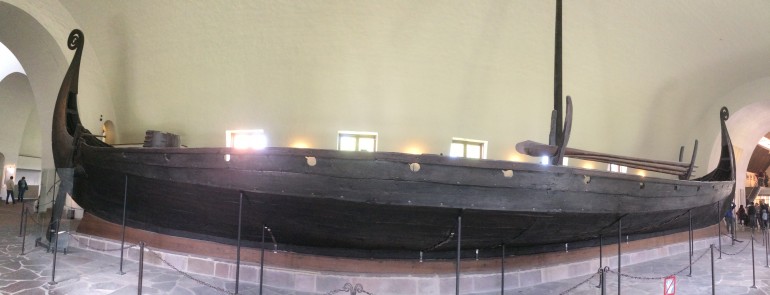

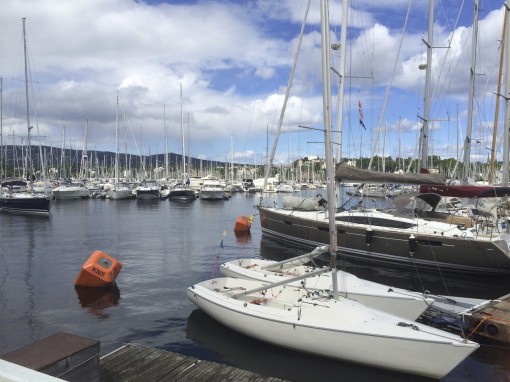
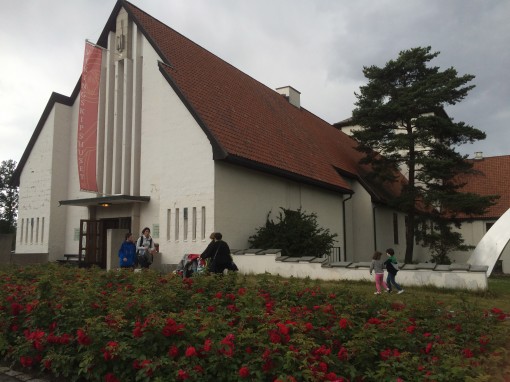
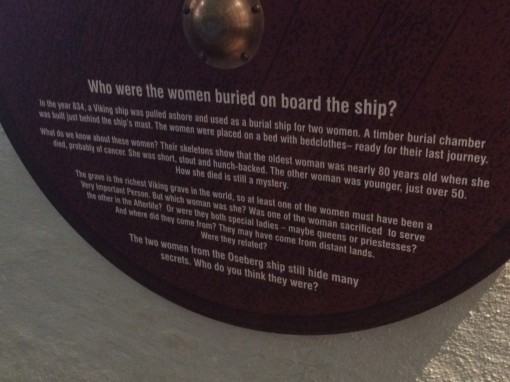
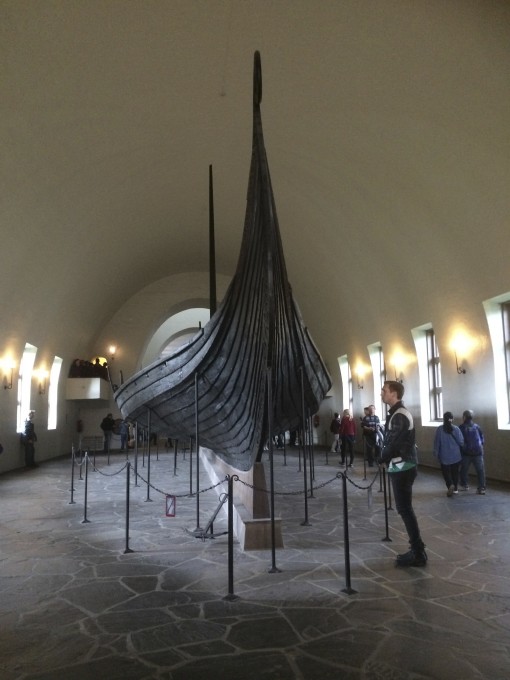
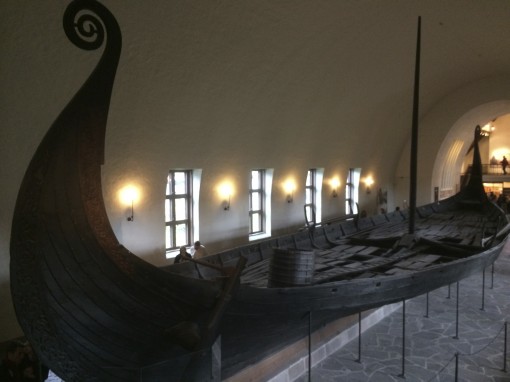
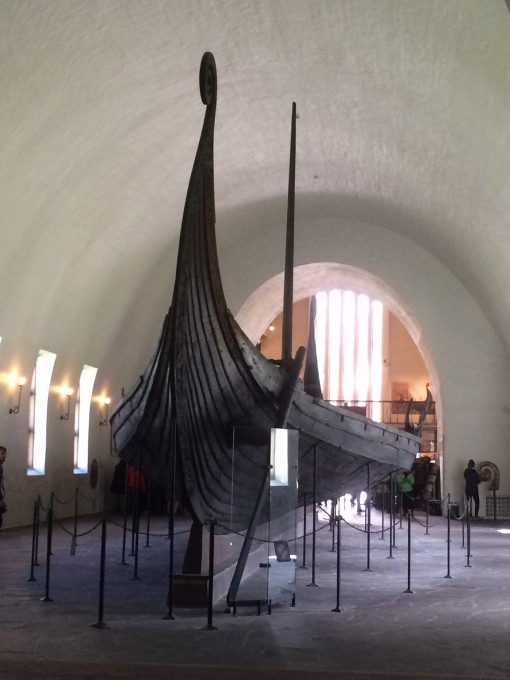
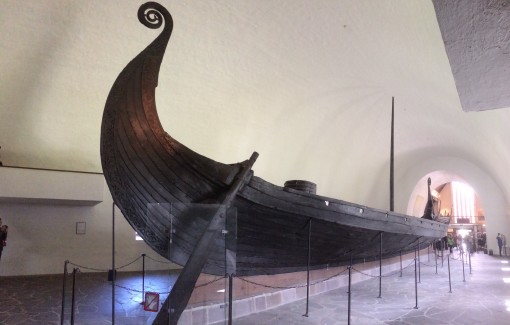
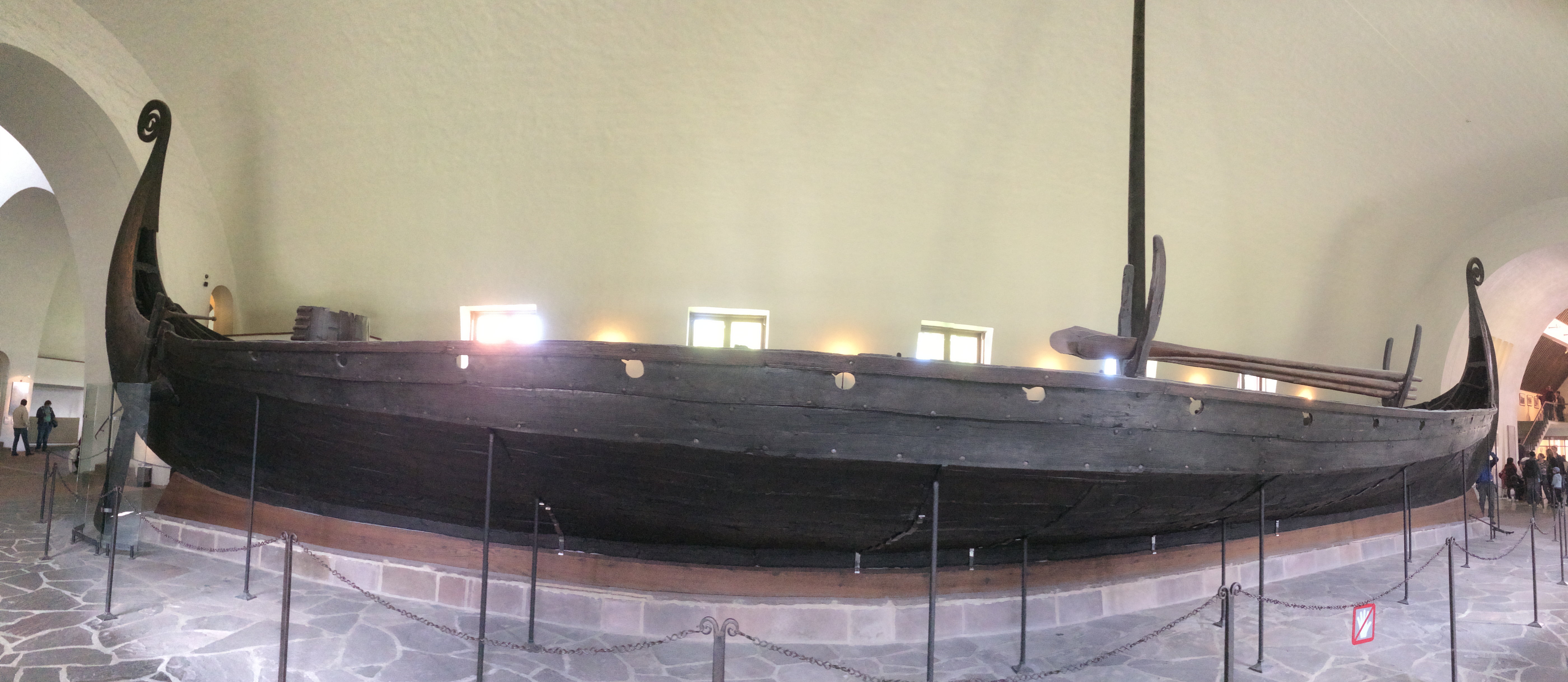
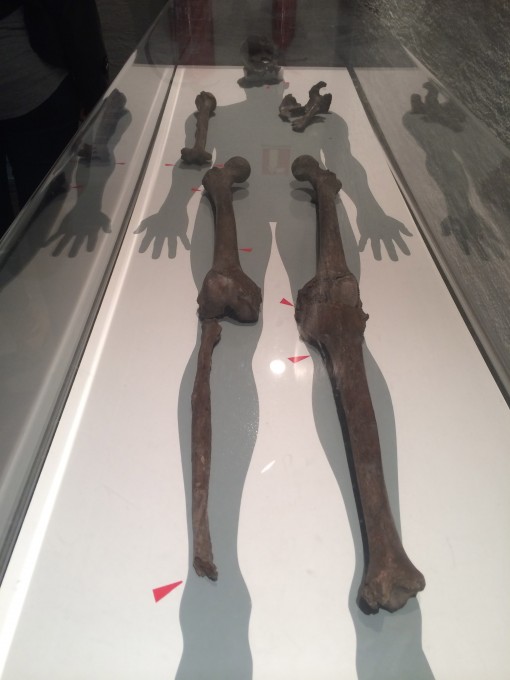
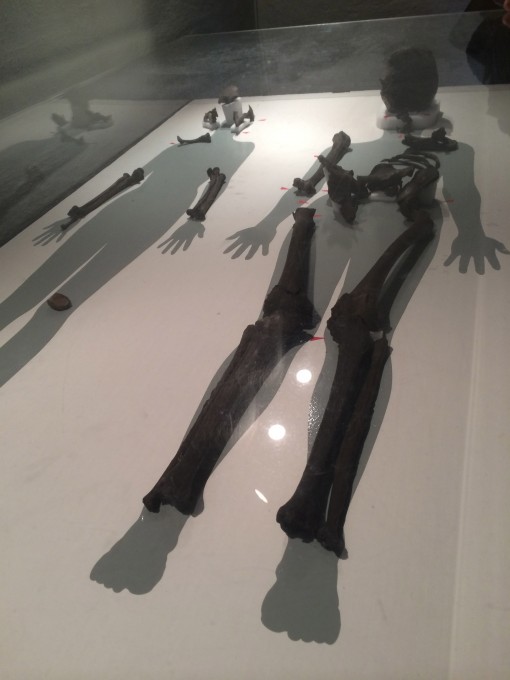


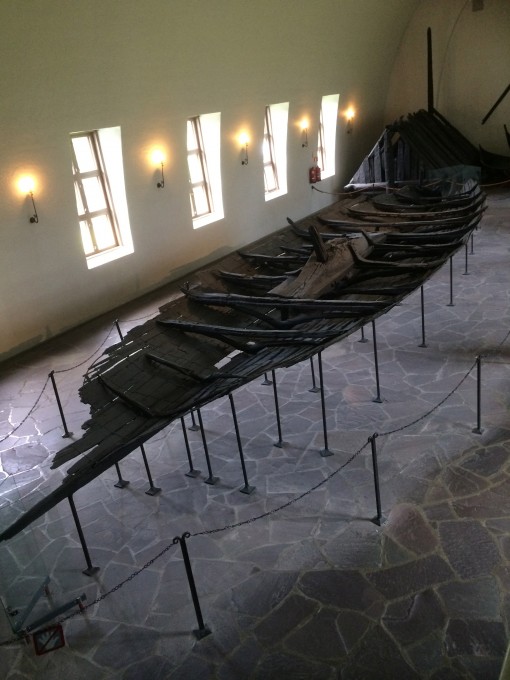
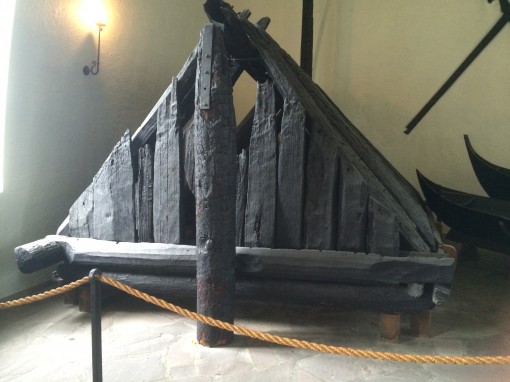

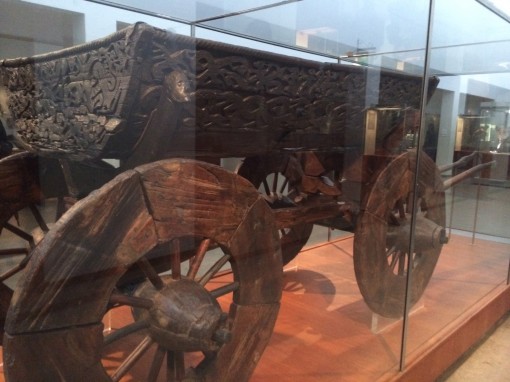
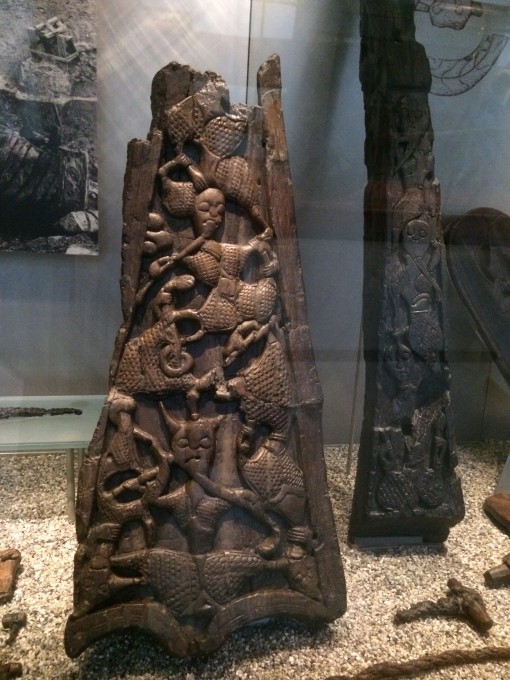
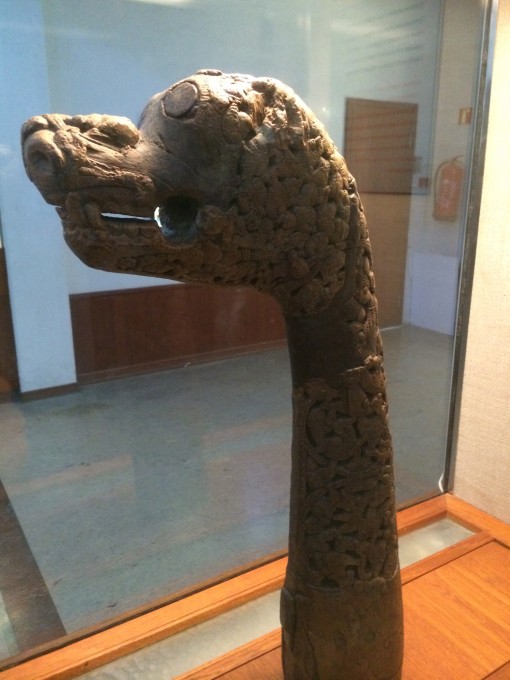
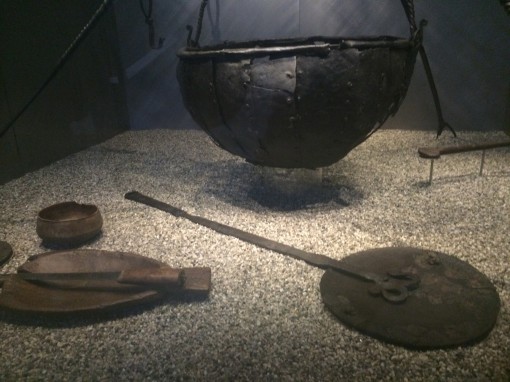
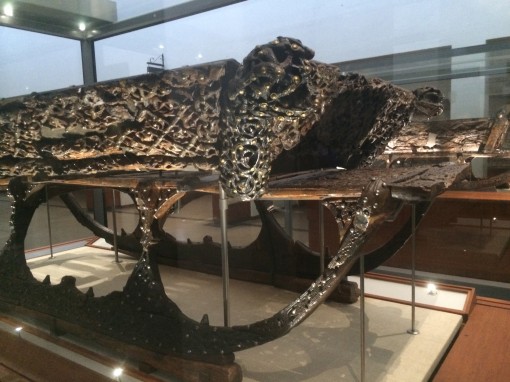
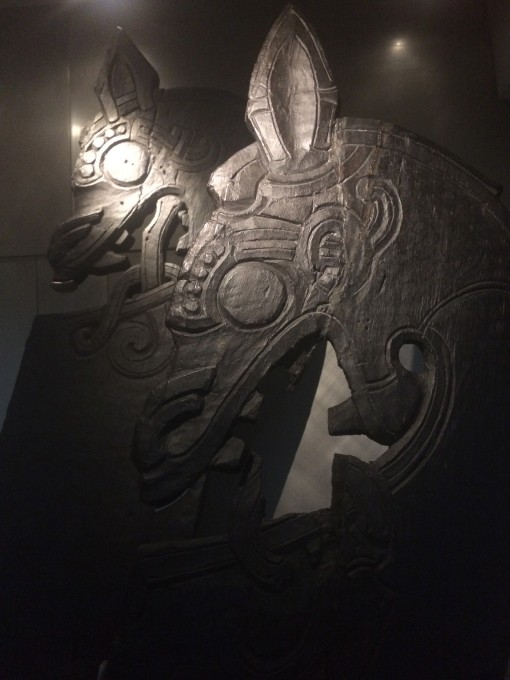
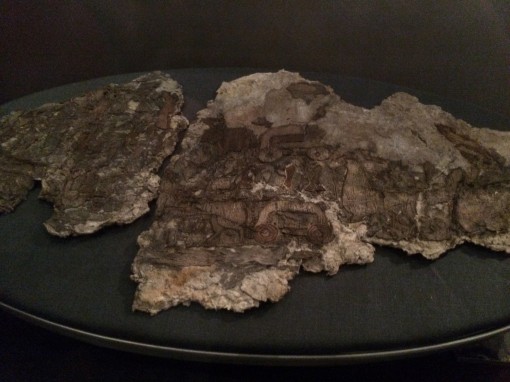
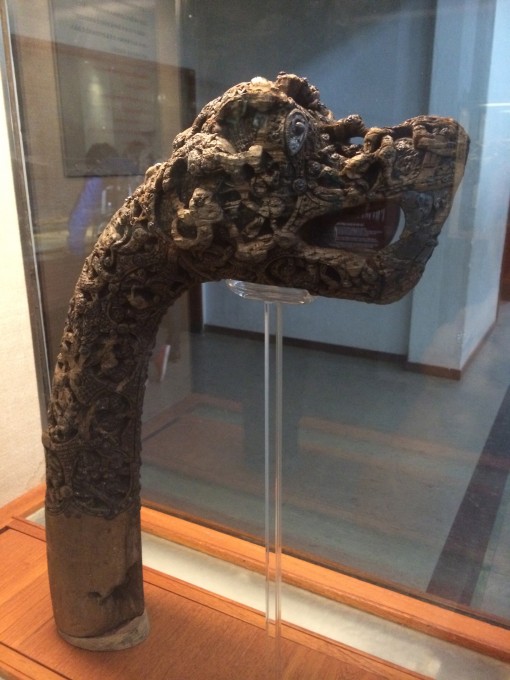

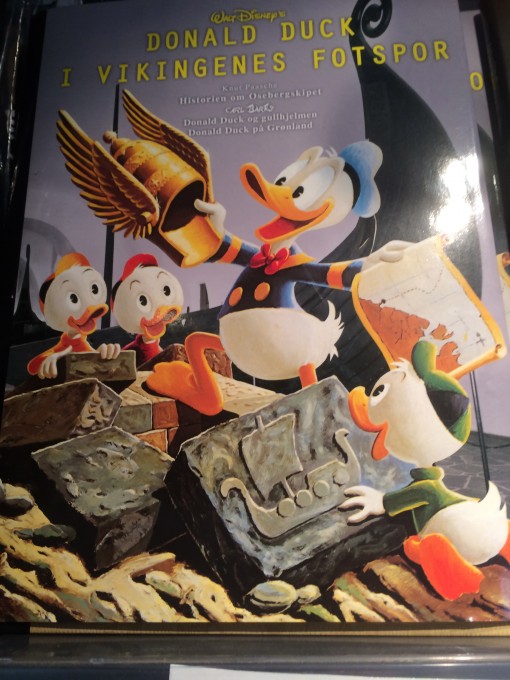
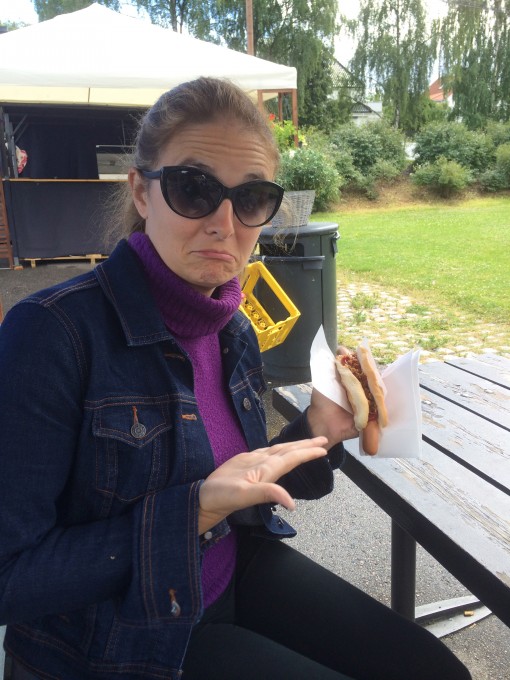
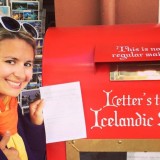


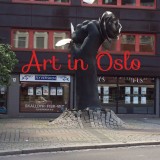

Sounds like a very awesome experience! Did you take a Thor selfie? 😀
Raphael Alexander Zoren recently posted…The reason why bad experiences shouldn’t affect your travels
Unfortunately, Thor was out for the day.
Nice review–you made the museum sound very interesting!
Tami recently posted…How I Ended Up in Iceland
Thanks so much! It is quite interesting. It’s so cool to see that much history.
[…] and the Viking Ship Museum. […]